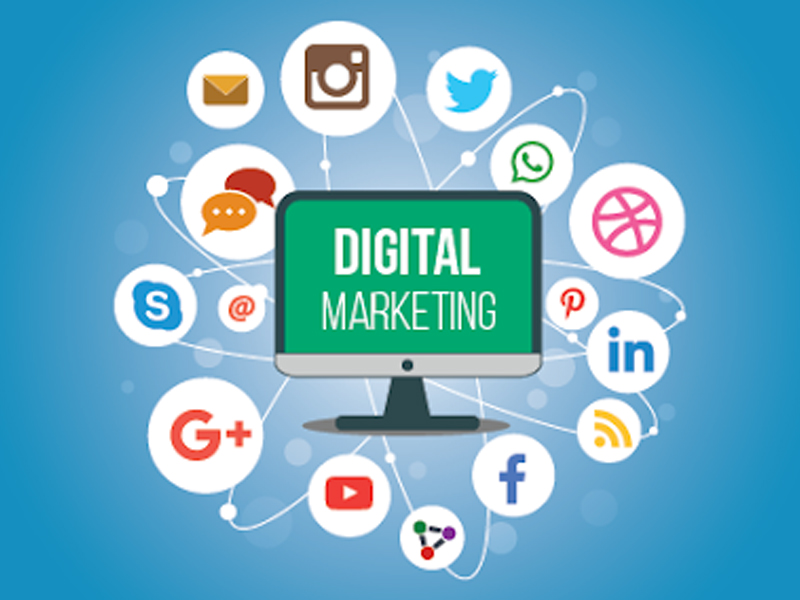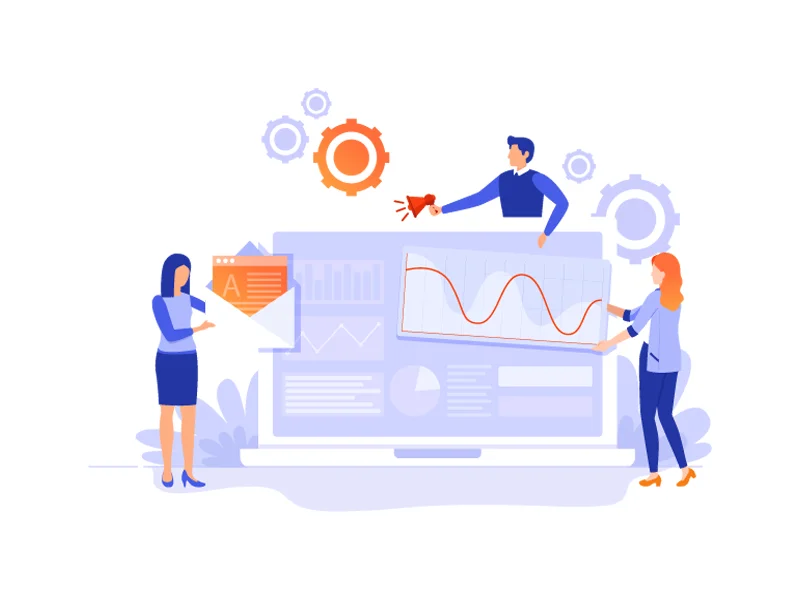

Saturday 1st July 2023
Google Ads vs Facebook Ads - Choosing the Right Advertising Platform for Your Business
In today's digital age, advertising has become integral to any business strategy. With the ever-expanding reach of the internet, businesses have an array of platforms at their disposal to reach their target audience. Among the most prominent options are ads on Google and ads on Facebook. These two advertising giants offer unique features and advantages, making it crucial for businesses to understand their differences and determine which platform suits their goals. This blog post will explore the key differences between Google Ads and Facebook ads, their strengths and advantages, and help you decide which platform best fits your advertising needs.
What are the Differences between Google Ads and Facebook Ads?
Google Ads and Facebook ads are two of the most popular and influential advertising platforms available to businesses today. While they both serve the purpose of reaching a target audience and driving conversions, they operate on different principles and offer distinct features. Let's delve into the key differences between Google Ads vs Facebook ads to help you understand which platform is better suited for your advertising goals.
- Advertising Models: Ads on Google operates on a search-based advertising model. It allows businesses to bid on specific keywords and display ads when users search for those keywords or related terms. The ads are shown on Google search engine results pages (SERPs) and across Google's extensive network of partner websites.
- User Intent: Google Ads primarily targets users who intend to make a purchase or find specific information. When users search, they have an immediate need or interest, and Google Ads allows businesses to place their ads directly in front of these motivated individuals.
- Targeting Options: Google Ads targets options primarily based on keywords and search intent. Advertisers can choose relevant keywords to bid on and tailor their ads to reach users actively searching for specific terms. The targeting focuses more on the user's search behaviour and intent than personal demographics or interests.
- Ad Formats: Google Ads offers various ad formats, including text ads, display ads, video ads, shopping ads, and more. The ad formats are primarily designed to fit within the context of search results or partner websites, focusing on textual information and visuals.
- Cost Structure: Google Ads operates on a pay-per-click (PPC) model, where businesses only pay when users click their ads. The cost per click (CPC) varies based on keyword competitiveness and quality score. The budget can be adjusted based on the desired daily spending.
- Performance Tracking and Analytics: Google Ads provides robust performance tracking and analytics tools, allowing businesses to monitor the effectiveness of their campaigns. Advertisers can track metrics like clicks, impressions, conversions, and ROI. Google Ads also integrates with Google Analytics for in-depth website tracking and analysis.
- Search intent targeting: Google Ads allows you to target users actively searching for products or services related to your business. This search intent targeting helps reach potential customers who are already interested in your offer, increasing the likelihood of conversions.
- High-intent keywords: Google Ads lets you bid on specific keywords, targeting users looking for information or solutions related to your business. This high intent allows for better targeting and increases the chances of attracting users ready to purchase.
- Expansive reach: With its vast network of partner websites and the Google Display Network, Google Ads provides a significant reach potential to showcase your ads to a broad audience across various platforms and devices.
- Performance tracking and optimisation: Google Ads offers robust analytics and tracking tools, allowing businesses to monitor the performance of their campaigns, make data-driven decisions, and optimise their ad spending to maximise ROI.
- Retargeting capabilities: Google Ads provides powerful retargeting options, allowing businesses to re-engage with users who have previously interacted with their website or shown interest in their products or services.
Strengths & Advantages of Facebook ads:
- Precise targeting options: Facebook ads provide highly granular targeting options, enabling businesses to reach users based on demographics, interests, behaviours, and connections. This precision targeting ensures that your ads are shown to the most relevant audience, increasing the chances of engagement and conversions.
- Visual storytelling: With its emphasis on visual content, Facebook ads offer a compelling way to tell your brand's story and capture users' attention. The platform's immersive ad formats, such as video and carousel ads, allow businesses to showcase their products or services in a visually appealing and interactive manner.
- Enhanced brand awareness: Facebook has an extensive user base, making it an ideal platform for businesses looking to increase their brand's visibility and reach a broad audience. Through engaging and shareable content, companies can generate buzz, foster brand loyalty, and cultivate a community around their brand.
- Cost-effective advertising: Facebook ads often offer a lower cost per click and impression than Google Ads, making it an attractive option for businesses with limited advertising budgets. The platform's robust optimisation algorithms also help in driving efficient results.
- Social proof and word-of-mouth marketing: Facebook's social nature allows users to engage with ads by liking, commenting, and sharing them with their friends, leading to social proof and word-of-mouth marketing. This user engagement can amplify your reach and increase the credibility of your brand.
Takeaway
In conclusion, both Google Ads and Facebook ads offer distinct advantages for businesses seeking to expand their digital advertising efforts. While Google Ads excels in search intent targeting and performance tracking, Facebook ads provide precise audience targeting and a visually immersive experience. Understanding the strengths and differences of each platform is crucial in making an informed decision based on your business objectives and target audience. By leveraging both platforms' unique features and capabilities, businesses can create a comprehensive digital marketing strategy that drives results, increases brand visibility, and fosters meaningful connections with their target audience.
Successful advertising campaigns require continuous monitoring, testing, and optimisation to ensure they align with your business goals and resonate with your audience. Whether you choose Google Ads, Facebook ads, or a combination of both, staying adaptable and data-driven will help you stay ahead in the dynamic world of digital advertising.

